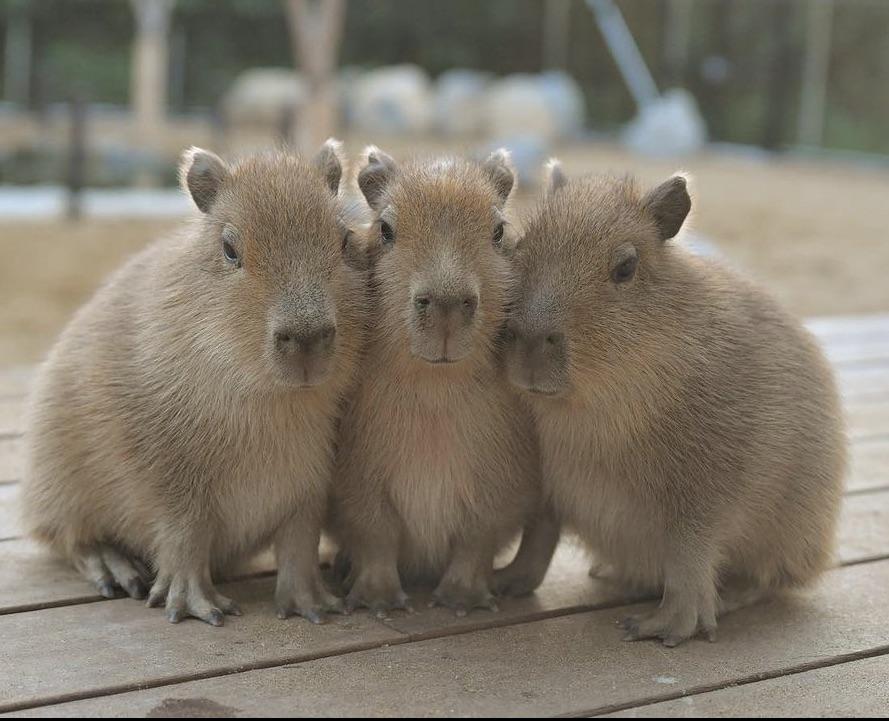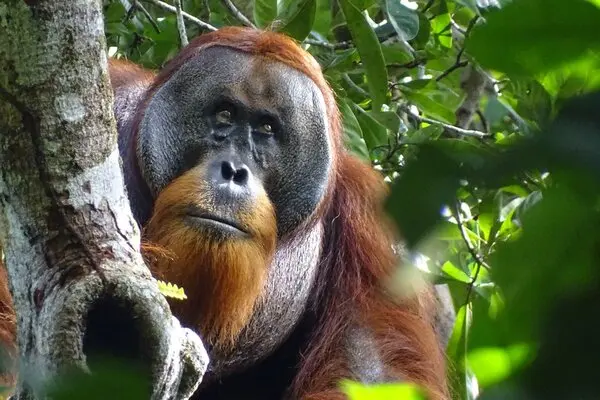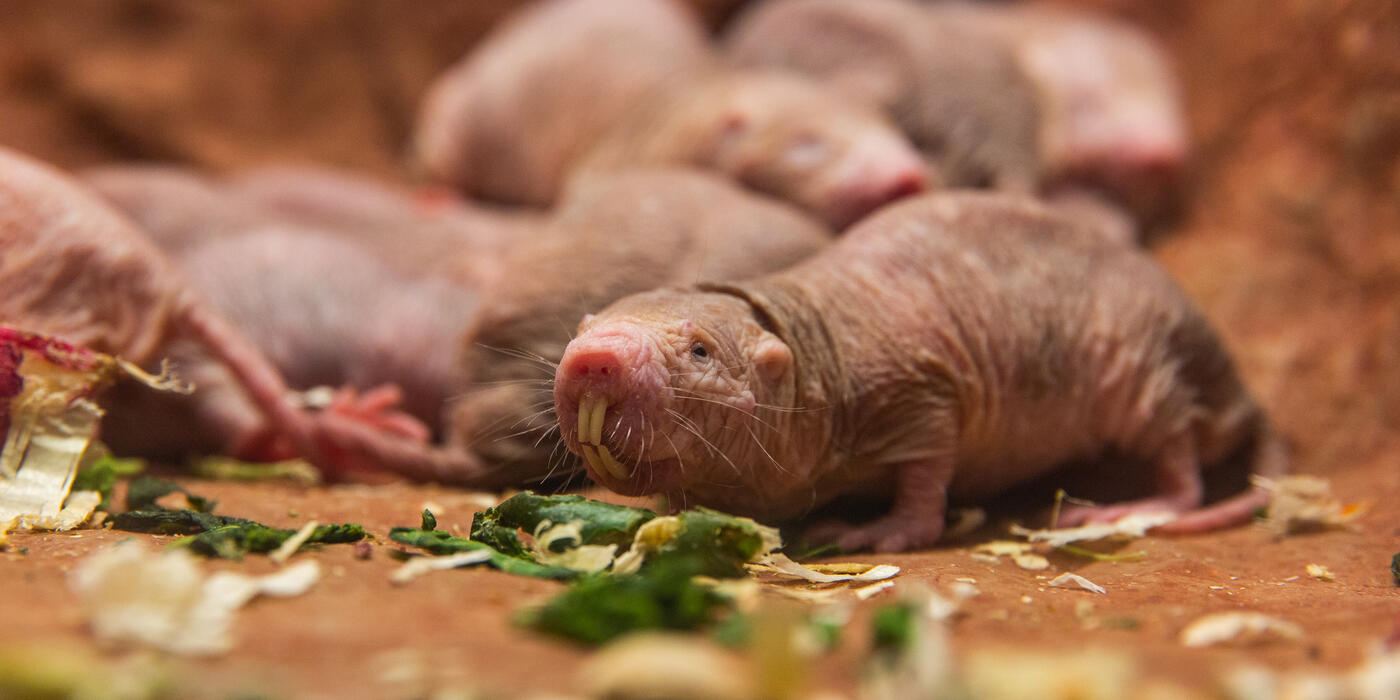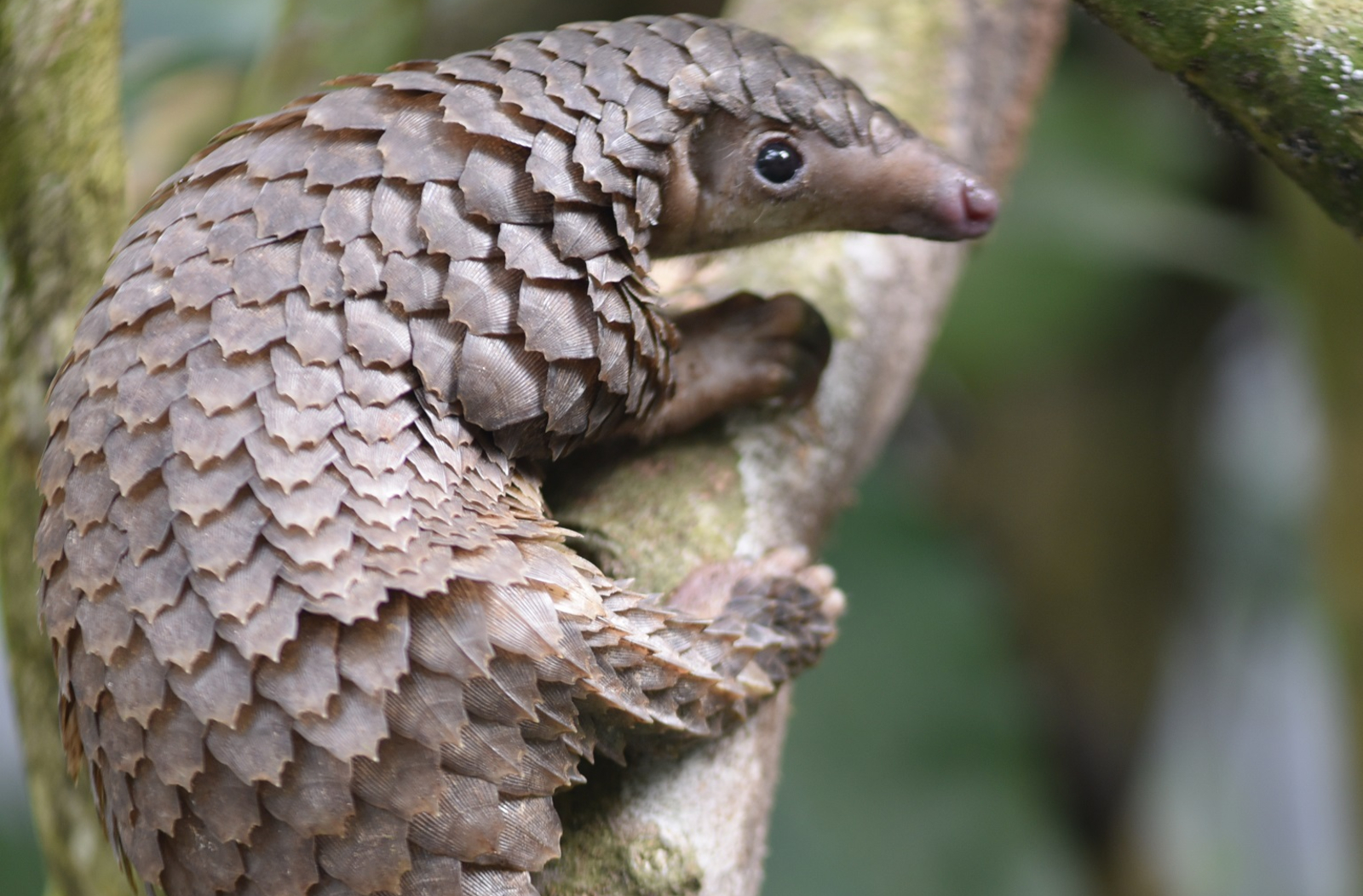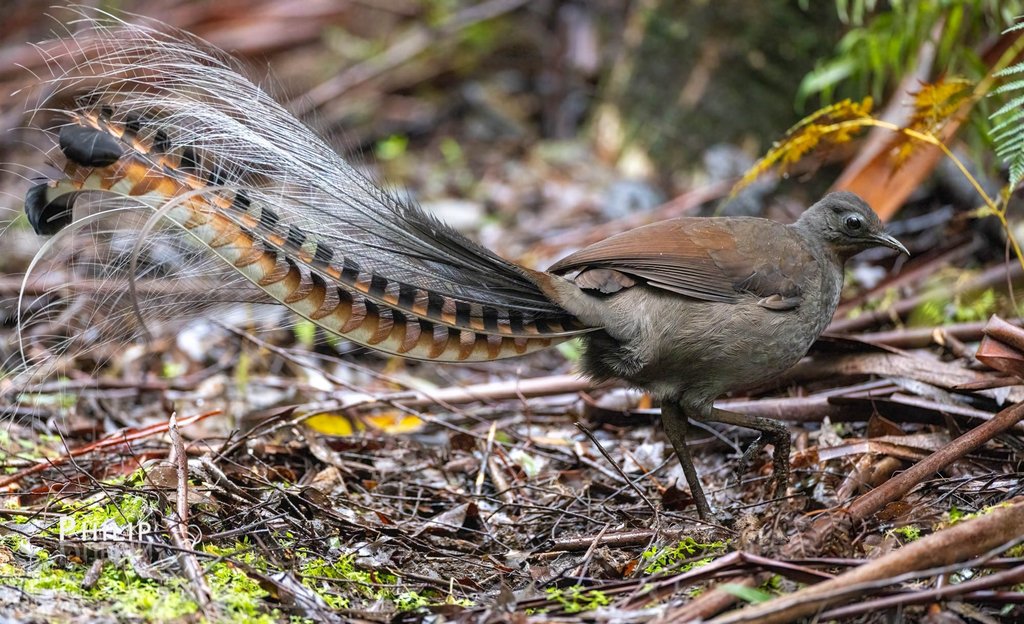solsticeuniversity.com – The capybara, scientifically known as Hydrochoerus hydrochaeris, is a fascinating creature that holds the title of the largest rodent in the world. Native to South America, these semi-aquatic mammals are known for their friendly demeanor and social behavior, making them a favorite among wildlife enthusiasts and pet owners alike. Let’s explore the unique characteristics, habitat, behavior, and conservation status of capybaras.
1. Physical Characteristics
Capybaras are impressive animals, weighing between 77 to 150 pounds (35 to 66 kg) and standing about 20 to 24 inches (50 to 60 cm) tall at the shoulder. They can grow up to 4 feet (1.2 meters) in length.
- Appearance: With their barrel-shaped bodies, short legs, and webbed feet, capybaras are well-adapted to their aquatic lifestyle. Their coarse fur is typically a brownish color, providing excellent camouflage in their natural habitat.
- Teeth: Like other rodents, capybaras have continuously growing incisor teeth that they need to wear down through regular chewing.
2. Habitat and Distribution
Capybaras are found in various habitats across South America, primarily in countries such as Brazil, Venezuela, Colombia, and Argentina. They thrive in:
- Wetlands: Capybaras prefer areas near water, such as rivers, lakes, swamps, and marshes, as they are excellent swimmers and spend much of their time in the water.
- Grasslands: They also inhabit savannas and grasslands where they can graze on grasses and aquatic plants.
3. Social Behavior
Capybaras are highly social animals, often living in groups of 10 to 20 individuals, although larger groups have been observed. Their social structure is characterized by:
- Hierarchy: Within a group, there is a clear social hierarchy, with dominant males leading the group and determining access to resources.
- Communication: Capybaras communicate using a variety of vocalizations, including barks, whistles, and purrs, to maintain group cohesion and alert others of potential threats.
4. Diet and Feeding Habits
As herbivores, capybaras primarily feed on grasses, aquatic plants, and some fruits. They have a unique digestive system that allows them to efficiently process their fibrous diet:
- Ruminating: Capybaras engage in a behavior called coprophagy, where they eat their feces to extract maximum nutrients from their food. This process helps them obtain essential vitamins and minerals that their digestive systems might not absorb the first time.
5. Reproduction and Lifespan
Capybaras typically breed during the rainy season, which provides ample food resources for the young. Here are some key points about their reproduction:
- Gestation: The gestation period lasts about 150 days, after which a female capybara gives birth to a litter of 2 to 8 pups.
- Nurturing: The young are born fully furred and can swim almost immediately. They are weaned by the time they are about 16 weeks old.
- Lifespan: In the wild, capybaras typically live for about 4 to 8 years, while those in captivity can live up to 12 years or more.
6. Conservation Status
Capybaras are currently classified as Least Concern by the International Union for Conservation of Nature (IUCN). However, they face threats from habitat loss and hunting for their meat and skin. Here are some conservation points:
- Habitat Loss: Deforestation and agricultural expansion pose significant threats to their natural habitats.
- Legal Protection: In some regions, capybaras are protected by law, and hunting is regulated to ensure sustainable populations.
7. Capybaras in Popular Culture
Capybaras have gained popularity on social media and in popular culture due to their friendly appearance and sociable nature. They are often featured in:
- Zoos: Many zoos around the world showcase capybaras, allowing visitors to learn about these unique animals.
- Pets: Some people keep capybaras as pets, but potential owners should be aware of their social needs and habitat requirements.
Conclusion
The capybara is a remarkable and gentle giant of the rodent family, known for its sociable nature and adaptability to aquatic environments. As a keystone species in their ecosystem, capybaras play a vital role in maintaining the balance of their habitats. Understanding and protecting these incredible animals is essential for ensuring their survival and the health of their ecosystems. Whether as a fascinating subject of study or as a beloved pet, capybaras continue to charm people around the globe with their endearing personalities and unique characteristics.
